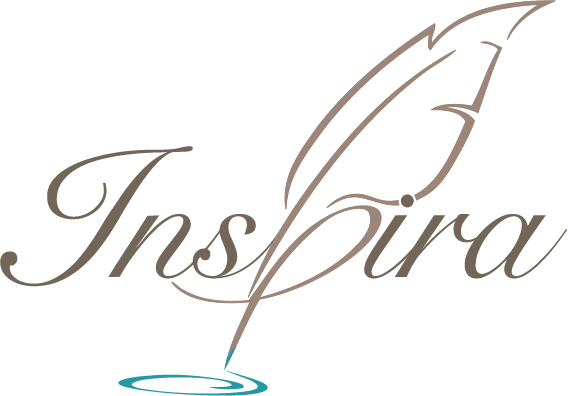Em Dashes, En Dashes, Hyphens, Oh My!
/Do you ever find yourself scratching your head over which dash to use in your writing? There’s the hyphen, and there’s a long one, and isn’t there a dash that’s not as long? Isn’t one of them just for numbers? Ugh, I don’t know. . .
Today, we’re offering a dash crash course.
The most common dashes are the hyphen (-), the en dash (–), and the em dash (—). They all have different usages and keeping them straight can be tricky at first glance—after all, we can’t hear the difference between them when we talk out loud. But the good news is that these dashes are distinct from one another, and once you learn the differences, your writing will look more professional than ever.
Em dash: Think of this lovely long dash as a comma, parenthesis, or colon. Em dashes are especially handy to indicate an aside (“My aunt—the one who breeds Maine Coons—has crocheted you a sweater”) or an abrupt pivot in a sentence (“There must be bad cell service where you are—hey, did the call drop?”). Those pivots can be complete sentences or mere phrases—one of the many reasons the em dash is versatile and worth learning to use!
Note: in British usage, it’s common to see a spaced en dash ( – ) instead of an em dash (—). For American usage, stick to the unspaced em dash.
En dash: The en dash is neglected more often than the em dash and hyphen, but it shouldn’t be! Think of this dash as meaning “up to and including.” Use it for dates (“1939–1945”), times (“1:00–7:00”), and inclusive number ranges like Scripture references (“Exodus 2:3–5”).
En dashes usually appear with numbers, but you’ll also see it meaning “to” when it comes to scores (“The Mariners beat the Royals 15–2”) and direction (“The Chicago–Seattle train arrives late tonight”).
Hyphen: This is the dash you are probably the most familiar with. It’s a cute little guy, and you don’t need to learn a keyboard shortcut to use it. In casual writing, the hyphen tends to function as an en dash (“Please look up Ecclesiastes 1:17-18”) and an em dash (“Wait-was I supposed to write a blog today?”), but its true function is more specific.
Think of the hyphen as both a separator and a joiner. A hyphen separates numbers that are not inclusive (“Call me at 1-800-123-4567”) or letters that should be said individually (“My name is spelled S-H-E-R-L-O-C-K”). A hyphen joins words by telling you which words go together in a sentence (“My mom is a singer-songwriter”; “That Welsh Corgi is a blue-ribbon winner”), effectively rendering them as a single word—take away the hyphen in “blue-ribbon winner” and we’re potentially looking at an off-color dog!
Now, learning to correctly hyphenate words is a dizzying world unto itself. Rules and exceptions abound, and sentence structure has a say in the matter, too (“I live in a third-floor apartment” is correct; shuffle the words and the hyphen vanishes: “My apartment is on the third floor”). For a handy cheat sheet, see the hyphenation table in section 7.89 of the Chicago Manual of Style.
This dash-focused blog post is only an introduction—for more information on the em dash, the en dash, and the hyphen, see sections 6.75–6.94 in the Chicago Manual of Style!


